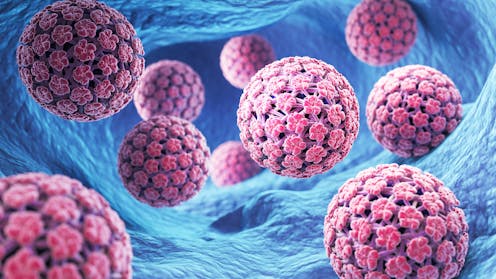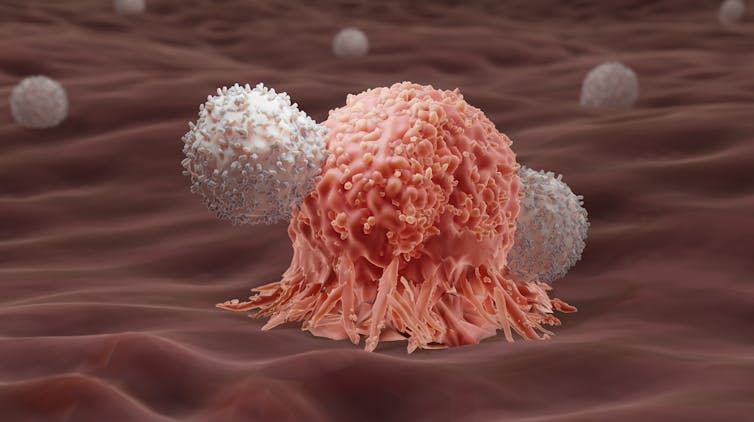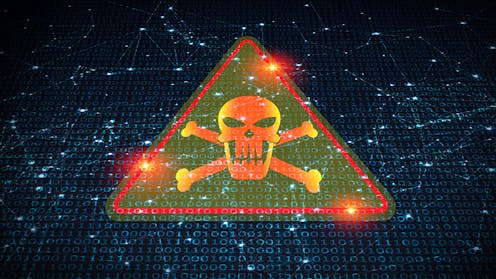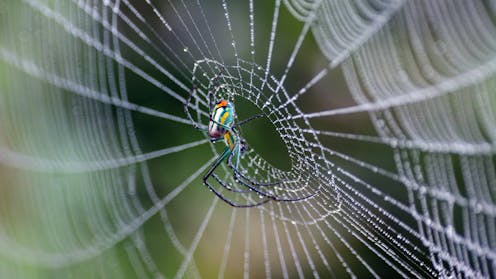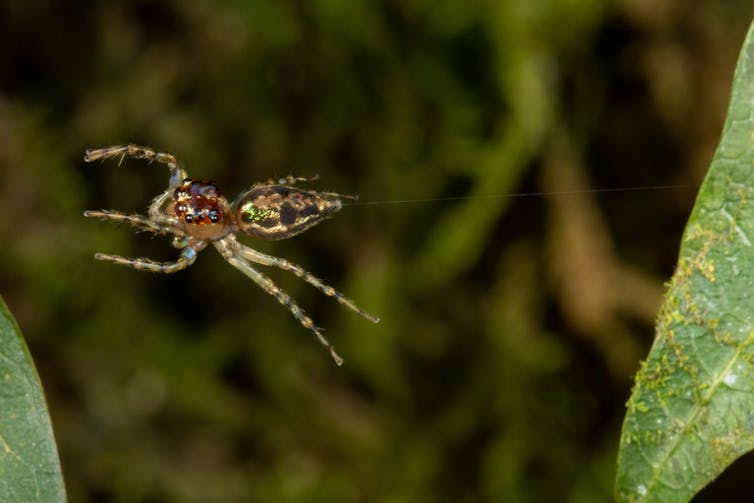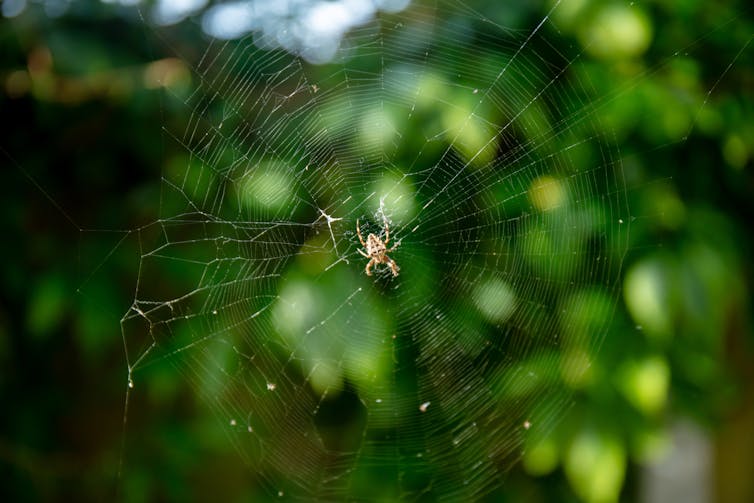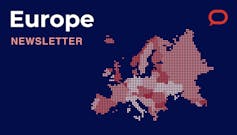Source: The Conversation – USA (2) – By Pedro DiNezio, Associate Professor of Atmospheric and Ocean Sciences, University of Colorado Boulder
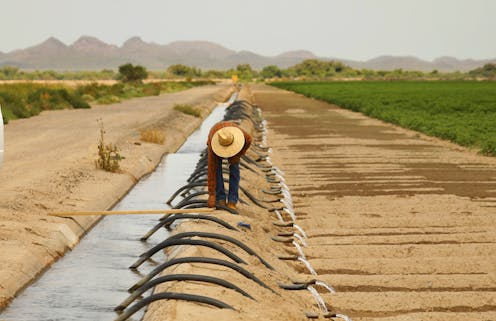
A new wave of climate research is sounding a stark warning: Human activity may be driving drought more intensely – and more directly – than previously understood.
The southwestern United States has been in a historic megadrought for much of the past two decades, with its reservoirs including lakes Mead and Powell dipping to record lows and legal disputes erupting over rights to use water from the Colorado River.
This drought has been linked to the Pacific Decadal Oscillation, a climate pattern that swings between wet and dry phases every few decades. Since a phase change in the early 2000s, the region has endured a dry spell of epic proportions.
The PDO was thought to be a natural phenomenon, governed by unpredictable natural ocean and atmosphere fluctuations. But new research published in the journal Nature suggests that’s no longer the case.
Working with hundreds of climate model simulations, our team of atmosphere, earth and ocean scientists found that the PDO is now being strongly influenced by human factors and has been since the 1950s. It should have oscillated to a wetter phase by now, but instead it has been stuck. Our results suggest that drought could become the new normal for the region unless human-driven warming is halted.
The science of a drying world
For decades, scientists have relied on a basic physical principle to predict rainfall trends: Warmer air holds more moisture. In a warming world, this means wet areas are likely to get wetter, while dry regions become drier. In dry areas, as temperatures rise, more moisture is pulled from soils and transported away from these arid regions, intensifying droughts.
While most climate models simulate this general pattern, they often underestimate its full extent, particularly over land areas.
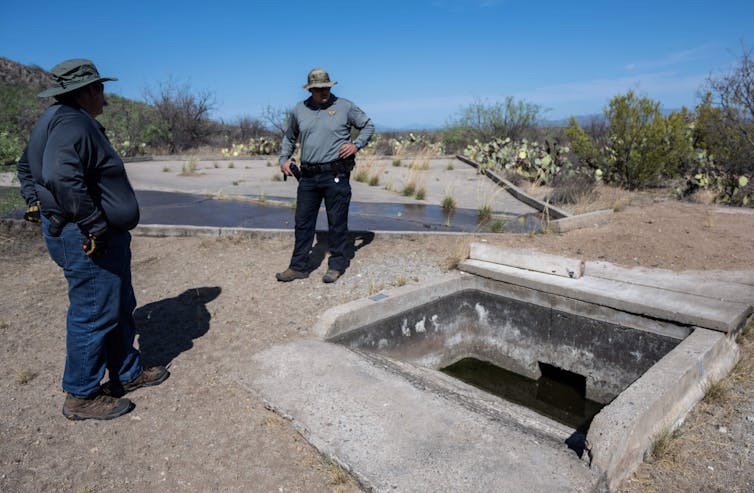
Andrew Caballero-Reynolds/AFP via Getty Images
Yet countries are already experiencing drought emerging as one of the most immediate and severe consequences of climate change. Understanding what’s ahead is essential, to know how long these droughts will last and because severe droughts can have sweeping affects on ecosystems, economies and global food security.
Human fingerprints on megadroughts
Simulating rainfall is one of the greatest challenges in climate science. It depends on a complex interplay between large-scale wind patterns and small-scale processes such as cloud formation.
Until recently, climate models have not offered a clear picture of how rainfall patterns are likely to change in the near future as greenhouse gas emissions from vehicles, power plants and industries continue to heat up the planet. The models can diverge sharply in where, when and how precipitation will change. Even forecasts that average the results of several models differ when it comes to changes in rainfall patterns.
The techniques we deployed are helping to sharpen that picture for North America and across the tropics.
We looked back at the pattern of PDO phase changes over the past century using an exceptionally large ensemble of climate simulations. The massive number of simulations, more than 500, allowed us to isolate the human influences. This showed that the shifts in the PDO were driven by an interplay of increasing warming from greenhouse gas emissions and cooling from sun-blocking particles called aerosols that are associated with industrial pollution.
From the 1950s through the 1980s, we found that increasing aerosol emissions from rapid industrialization following World War II drove a positive trend in the PDO, making the Southwest rainier and less parched.
After the 1980s, we found that the combination of a sharp rise in greenhouse gas emissions from industries, power plants and vehicles and a reduction in aerosols as countries cleaned up their air pollution shifted the PDO into the negative, drought-generating trend that continues today.
This finding represents a paradigm shift in our scientific understanding of the PDO and a warning for the future. The current negative phase can no longer be seen as just a roll of the climate dice – it has been loaded by humans.
Our conclusion that global warming can drive the PDO into its negative, drought-inducing phase is also supported by geological records of past megadroughts. Around 6,000 years ago, during a period of high temperatures, evidence shows the emergence of a similar temperature pattern in the North Pacific and widespread drought across the Southwest.
Tropical drought risks underestimated
The past is also providing clues to future rainfall changes in the tropics and the risk of droughts in locations such as the Amazon.
One particularly instructive example comes from approximately 17,000 years ago. Geological evidence shows that there was a period of widespread rainfall shifts across the tropics coinciding with a major slowdown of ocean currents in the Atlantic.
These ocean currents, which play a crucial role in regulating global climate, naturally weakened or partially collapsed then, and they are expected to slow further this century at the current pace of global warming.
A recent study of that period, using computer models to analyze geologic evidence of earth’s climate history, found much stronger drying in the Amazon basin than previously understood. It also shows similar patterns of aridification in Central America, West Africa and Indonesia.
The results suggest that rainfall could decline precipitously again. Even a modest slowdown of a major Atlantic Ocean current could dry out rainforests, threaten vulnerable ecosystems and upend livelihoods across the tropics.
What comes next
Drought is a growing problem, increasingly driven by human influence. Confronting it will require rethinking water management, agricultural policy and adaptation strategies. Doing that well depends on predicting drought with far greater confidence.
Climate research shows that better predictions are possible by using computer models in new ways and rigorously validating their performance against evidence from past climate shifts. The picture that emerges is sobering, revealing a much higher risk of drought across the world.
![]()
Pedro DiNezio receives funding from the U.S. National Science Foundation, National Oceanic and Atmospheric Administration, and WTW Research Network.
Timothy Shanahan does not work for, consult, own shares in or receive funding from any company or organization that would benefit from this article, and has disclosed no relevant affiliations beyond their academic appointment.
– ref. Climate models reveal how human activity may be locking the Southwest into permanent drought – https://theconversation.com/climate-models-reveal-how-human-activity-may-be-locking-the-southwest-into-permanent-drought-262837




